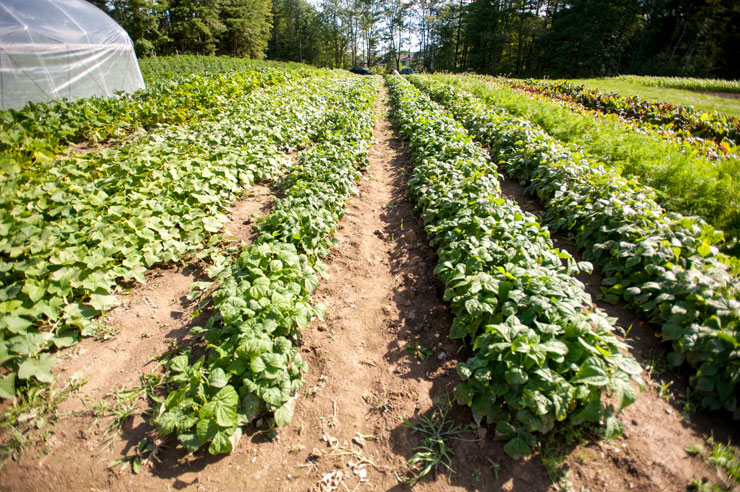As summer reaches its peak, a noticeable shift occurs in the garden. The intense growth of earlier months gives way to a more mature and productive season. With harvests coming in, you may notice gaps in your vegetable beds – an excellent opportunity for succession planting. This practice involves following up one crop with another to maximize yield and keep soil healthy.
What is Succession Cropping?
Succession cropping is the practice of planting new crops as soon as old ones are harvested, reducing downtime in the soil and improving productivity. By carefully timing the planting of follow-up crops, you can extend your harvest season and maintain healthy, active soil. Classic examples include planting kale after harvesting onions, sowing carrots after spring salads, and planting beans after potatoes.
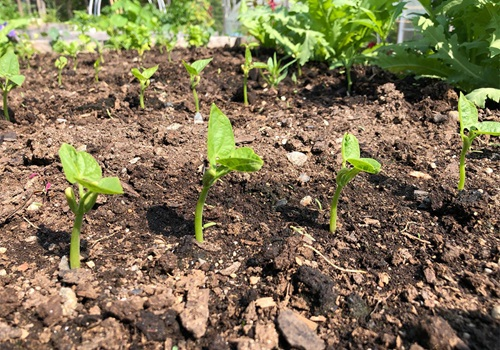
Quick Salad Crops for Summer
Salad greens like radishes, lettuce, and spring onions are perfect for succession planting. These fast-growing crops can be directly sown into recently cleared soil or started in trays to give the first crop time to mature. In regions with shorter growing seasons, this method allows for successive crops without overlap.
Winter-hardy salad varieties can be planted late in the summer and, with some protection, will continue producing fresh leaves throughout the colder months.
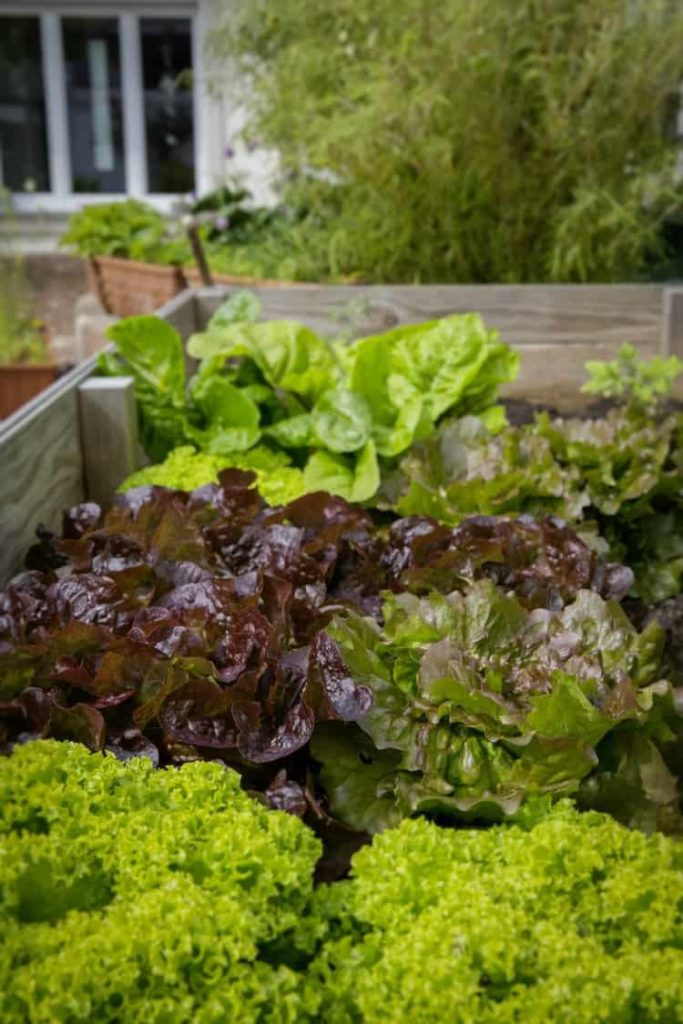
Late-Summer Crops to Try
Late summer is ideal for planting crops that will mature before the season ends. Bush beans are a great option, particularly after garlic is harvested. If started early in pots or trays, these beans can be quickly planted out to take advantage of the remaining growing season.
Florence fennel is another fantastic late-summer crop. It can be sown directly into the ground or started in pots and transplanted later. Plant fennel about a foot apart to allow ample space for its growth.
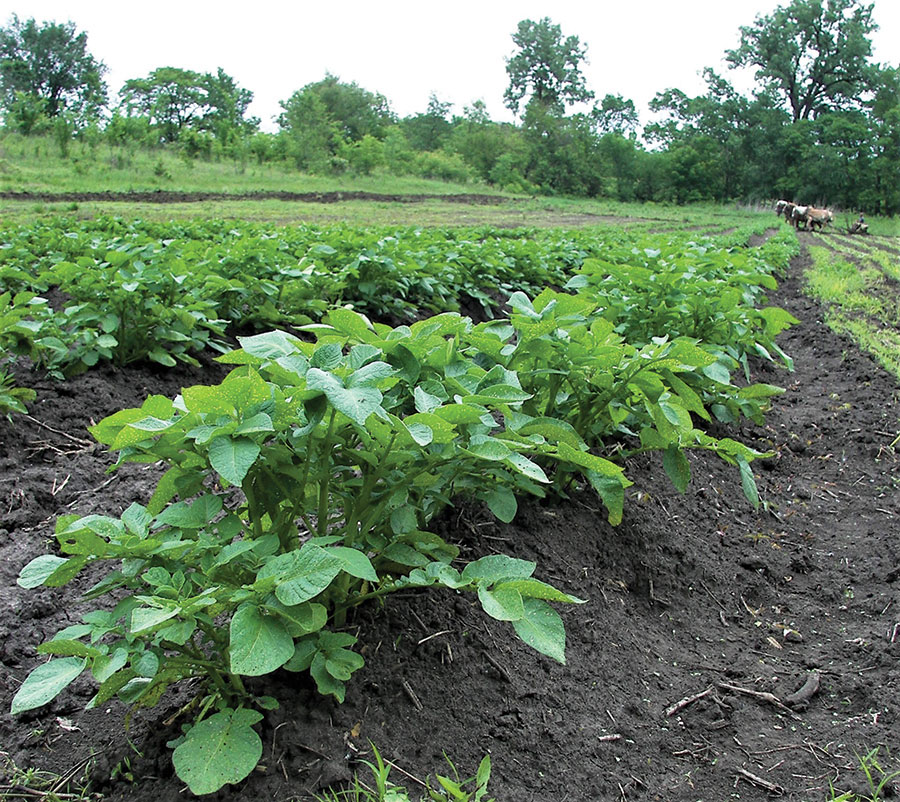
Maincrop Roots for Fall Harvest
Summer is also an excellent time to sow root vegetables for fall and winter harvesting. Carrots and beets are two great options. Choose maincrop varieties of carrots that grow well in the season’s remaining months and store easily for winter. Beets, which are prone to bolting, can be directly sown now to ensure a successful fall harvest.
You can also try multi-sowing beets in clusters, planting two to three seeds per plug. This technique eliminates the need for thinning and results in clusters of beets that can be harvested together or individually, depending on size.
Hardy Winter Brassicas
If you love leafy greens, consider sowing kale in plug trays now, about a month before you’ll be able to transplant it into the garden. Kale thrives in cooler months, and with some extra compost added to the soil, it will provide a nutritious winter crop. Another brassica to consider is broccoli raab (or rapini), a quick-growing, miniature broccoli that can be harvested just two months after sowing.
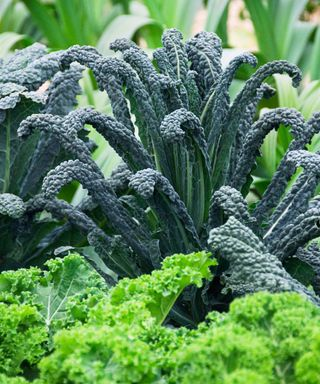
Planning Your Succession Crops
Succession planting requires careful planning to anticipate available space and timing. Tools like the Garden Planner can help you visualize when crops will be in the ground, making it easier to identify gaps. Simply input the in-ground dates for each plant, and you’ll be able to view a month-by-month plan to optimize your succession crops. The planner even allows you to filter for crops suitable for autumn planting, making it easier to fill any gaps with the perfect follow-up crop.
What are you planting this summer and fall? Share your succession planting experiences in the comments below – I’d love to hear what works for you!
